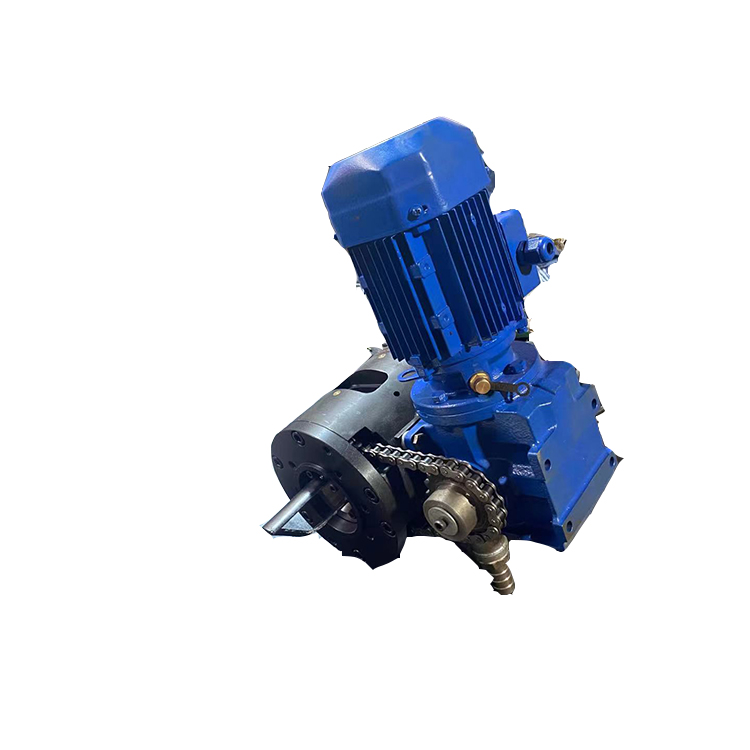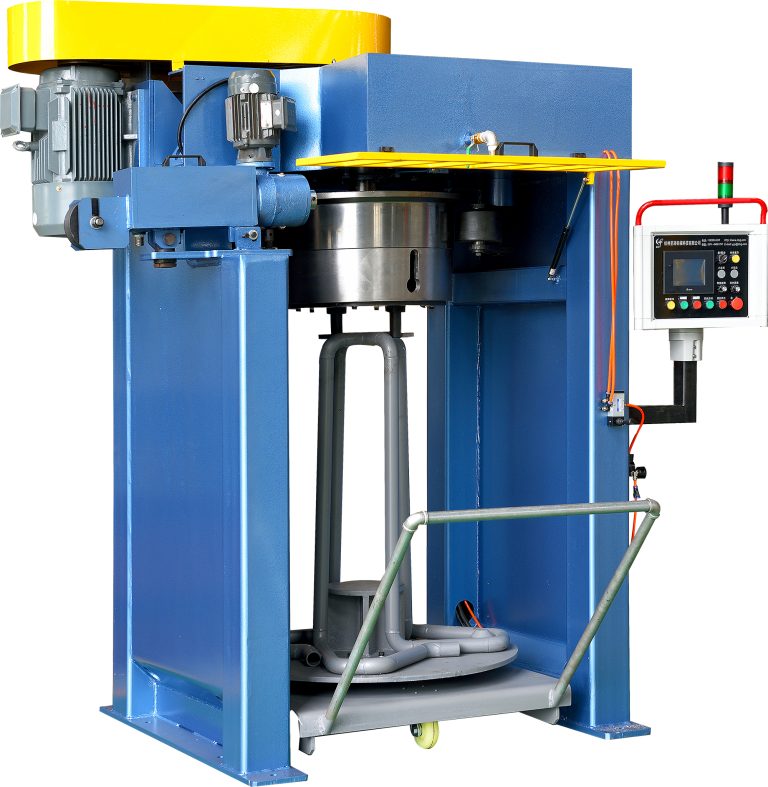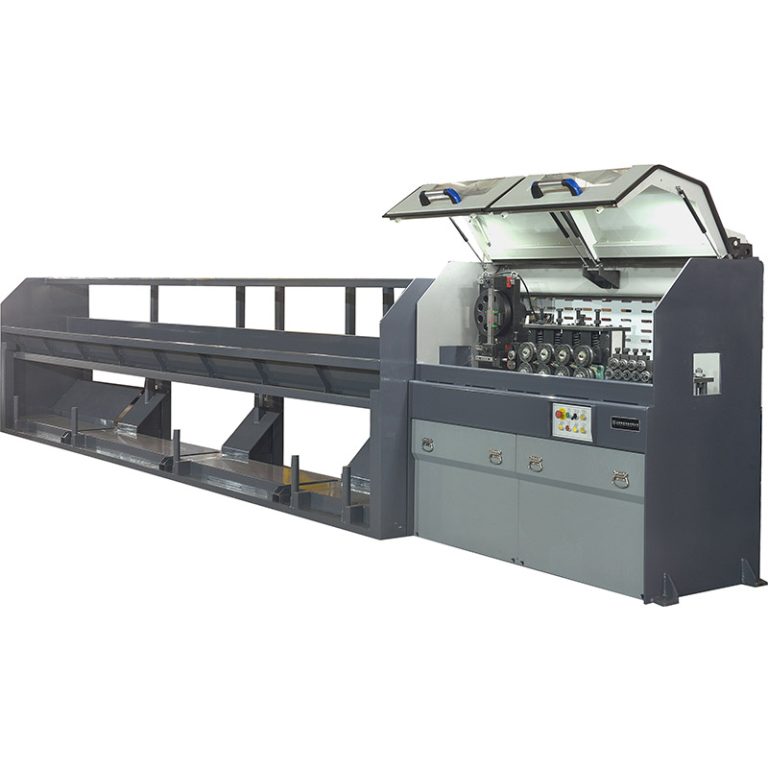Advantages of Using Wet Type wire drawing machine In Industry
Wire drawing is a process used to reduce the diameter of a wire by pulling it through a series of dies. This process is essential in the manufacturing of various products such as electrical wiring, cables, and fencing. There are two main types of wire drawing machines: dry type and wet type. In this article, we will focus on the advantages of using wet type wire drawing machines.
One of the primary advantages of wet type wire drawing machines is their ability to reduce friction during the drawing process. In a wet type machine, the wire is drawn through a lubricant, typically a water-based solution, which helps to reduce heat and friction. This results in a smoother drawing process and a higher quality finished product. The lubricant also helps to extend the life of the dies, reducing the need for frequent replacements.
Another advantage of Water Tank Wire Drawing Machine is their ability to improve the surface finish of the wire. The lubricant used in the drawing process helps to remove any surface imperfections, resulting in a cleaner and more polished finish. This is particularly important in industries where the appearance of the wire is crucial, such as in the production of jewelry or fine wire mesh.
Additionally, wet type wire drawing machines are known for their ability to increase the drawing speed. The lubricant helps to reduce the amount of friction between the wire and the dies, allowing for a faster drawing process. This can lead to increased productivity and lower production costs, making wet type machines a popular choice for manufacturers looking to improve efficiency.

Furthermore, wet type wire drawing machines are also known for their versatility. They can be used to draw a wide range of wire sizes and materials, making them suitable for a variety of applications. Whether you are working with copper, aluminum, steel, or other materials, a wet type machine can handle the job with ease.
In addition to these advantages, wet type wire drawing machines are also known for their durability and reliability. With proper maintenance and care, these machines can last for many years, providing consistent and high-quality results. This makes them a cost-effective investment for manufacturers looking to improve their wire drawing processes.
Overall, wet type wire drawing machines offer a range of advantages that make them a popular choice for manufacturers in various industries. From reducing friction and improving surface finish to increasing drawing speed and versatility, these machines have a lot to offer. If you are looking to improve your Wire Drawing Process, consider investing in a wet type machine for optimal results.
Maintenance Tips for Wet Type Wire Drawing Machines
Wet type wire drawing machines are essential equipment in the wire manufacturing industry. These machines are used to reduce the diameter of wire by pulling it through a series of dies. The Staple Wire Wet Drawing Machine process involves the use of a lubricant or coolant to reduce friction and heat during the drawing process. This helps to improve the quality of the wire and prolong the life of the dies.

Proper maintenance of wet type wire drawing machines is crucial to ensure their optimal performance and longevity. Regular maintenance can help prevent breakdowns, reduce downtime, and improve the overall efficiency of the machines. Here are some maintenance tips for wet type wire drawing machines:
First and foremost, it is important to regularly inspect the machine for any signs of wear and tear. Check for any loose or damaged parts, such as belts, pulleys, and bearings. Replace any worn-out parts immediately to prevent further damage to the machine.
It is also important to regularly clean the machine to remove any dirt, debris, or lubricant buildup. Use a mild detergent and water to clean the machine thoroughly, paying special attention to the dies and other critical components. This will help prevent contamination and ensure smooth operation of the machine.
In addition to cleaning, it is important to regularly lubricate the machine to reduce friction and heat during the drawing process. Use a high-quality lubricant recommended by the manufacturer and apply it to the dies, bearings, and other moving parts as needed. This will help prolong the life of the machine and improve the quality of the wire produced.

Another important maintenance tip for wet type wire drawing machines is to regularly check and adjust the tension of the wire. Proper tension is crucial for achieving the desired diameter and quality of the wire. Use a tension gauge to measure the tension of the wire and adjust it as needed to ensure consistent results.
It is also important to regularly monitor the temperature of the machine during operation. Excessive heat can damage the dies and reduce the quality of the wire produced. Use a temperature gauge to monitor the temperature of the machine and make adjustments as needed to prevent overheating.
Regularly inspect the coolant system of the machine to ensure proper flow and temperature control. Clean the coolant tank and filters regularly to prevent clogs and contamination. Replace the coolant as needed to maintain optimal performance of the machine.
Lastly, it is important to train operators on proper machine operation and maintenance procedures. Provide training on how to operate the machine safely and efficiently, as well as how to perform basic maintenance tasks. This will help prevent accidents and ensure the longevity of the machine.
In conclusion, proper maintenance of wet type wire drawing machines is essential to ensure their optimal performance and longevity. By following these maintenance tips, you can prevent breakdowns, reduce downtime, and improve the overall efficiency of the machines. Regular inspection, cleaning, lubrication, tension adjustment, temperature monitoring, coolant system maintenance, and operator training are key aspects of maintaining wet type wire drawing machines. By taking care of your machines, you can ensure smooth operation and high-quality wire production for years to come.






